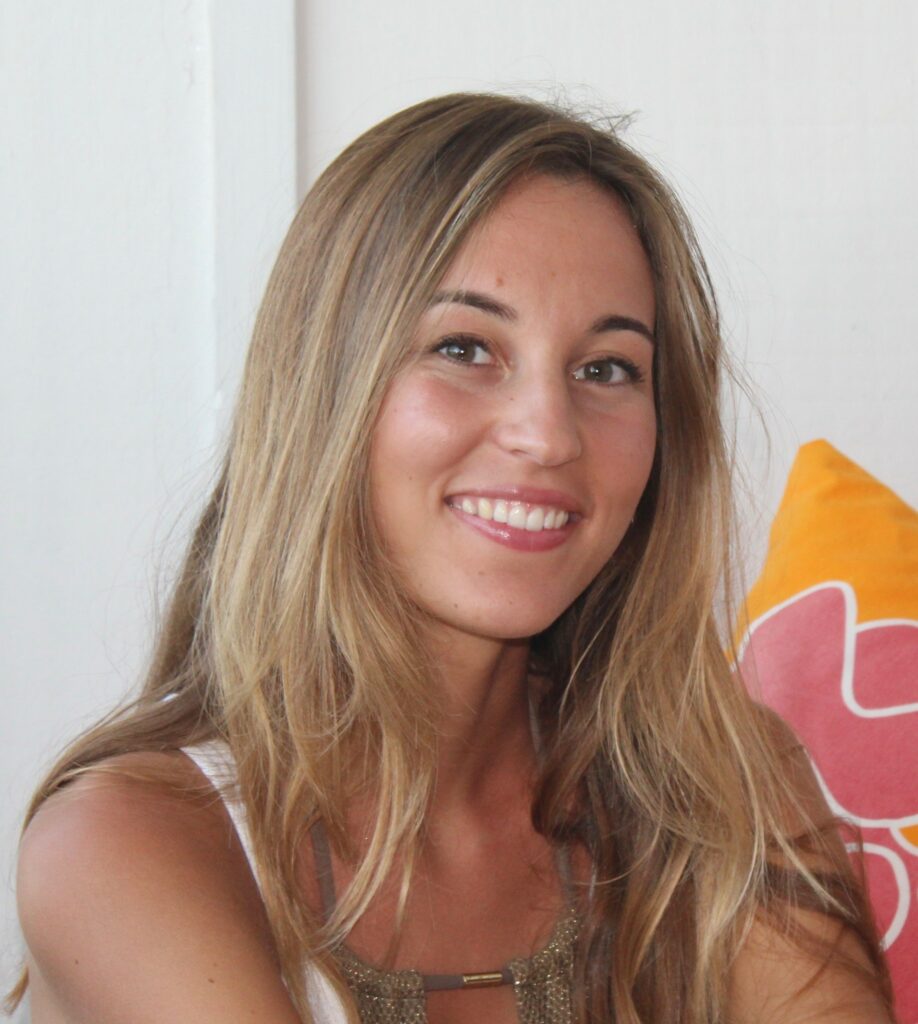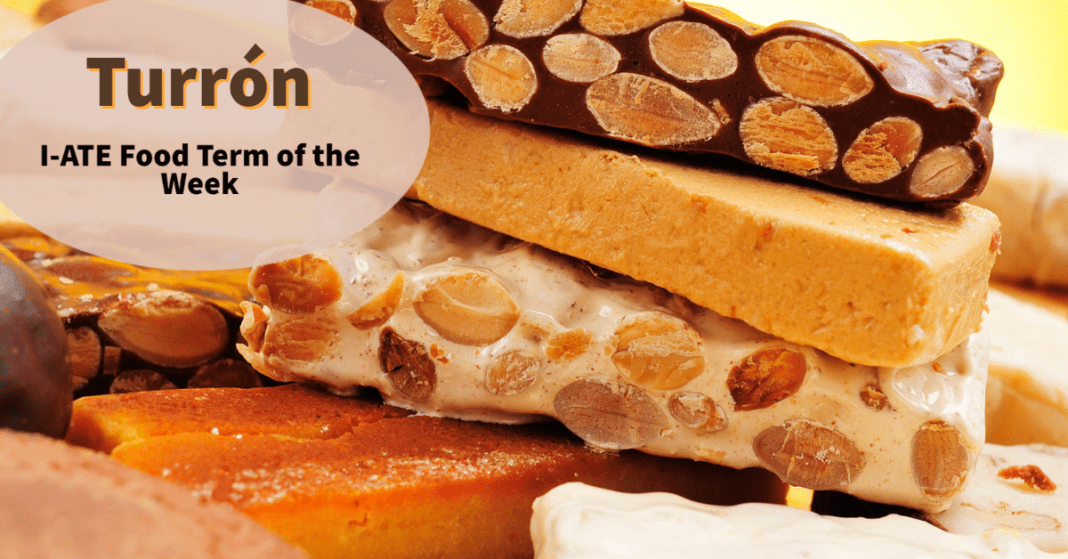During the festive season in Spain, one of the most famous delicacies that is always on the menu are the turrones. Turrón is a type of Spanish sweet that is eaten particularly around Christmas, mainly made from almonds, honey and egg whites.
There are two traditional varieties: Alicante, which is hard and contains whole almonds, and Jijona, which is soft and made from crushed almonds.
Furthermore, there is another variety of turrón de Jijona: turrón a la piedra. This turrón has toasted almonds, sugar, lemon peel and cinnamon, so its flavor is different due to these last two ingredients. The almonds are grinded in a millstone, and this method is what gives this kind of turrón the name of “a la piedra” (which means stone in Spanish). Turrón de Jijona, on the other hand, does not have lemon or cinnamon, but honey and egg whites.
Is turrón the same in the rest of Spain?
Actually, no! The turrón from Jijona and Alicante have the protected designation of origin (PDO), a geographical indication of the European Union. This regulates the quality of Spanish turrones, and the body only issues certification to companies that use traditional ingredients, as well as rigorous and ancient production methods. Many aspects are taken into account in order to obtain this qualification, for instance:
- the quality of the ingredients and the percentage of almonds
- the machinery used during the process
- the steps followed during the elaboration process
- rest time
- the certainty that the turrón was produced in Jijona
This means that any turrón produced in another town cannot be considered turrón de Alicante or de Jijona, and will be commonly called turrón duro (instead of Alicante) or turrón blando (instead of Jijona).
Torrone and nougat
In other parts of the world they also have their own version of turrón, even with different varieties. For instance, in Italy this sweet is known as torrone, which is very similar to turrón de Alicante, but instead of using exclusively almonds, in Italy they also add hazelnuts and pistachios. In other regions, such as Sicily, they have other versions of torrone that are very popular: cubbaita and giuggiulena. These varieties of torrone are mainly made of honey and toasted sesame seeds.
In France, this dessert is called nougat. This variety is closer to the Italian version than the Spanish, because they also mix almonds with hazelnuts and pistachios.
References
Everything about spanish Turron (no date) ForeverBarcelona. Available at: https://www.foreverbarcelona.com/spanish-turron-candy-nougat-specialties/ (Accessed: November 18, 2022).
Termcoordeditor (2019) I·Ate Food Term: Christmas feast – part 2, Terminology Coordination Unit. Available at: https://termcoord.eu/2017/12/i%c2%b7ate-food-term-christmas-feast-part-2/ (Accessed: November 18, 2022).
AndSlsnt (2018) The Arabic Pastry Tradition: The “cubbaita”, Edel Modica . Available at: https://www.edelmodica.com/en/the-arabic-pastry-tradition-the-cubbaita/ (Accessed: November 18, 2022).
Il Torrone: Origini, Storia, consumo (no date) Sorgentenatura magazine. Available at: https://sorgentenatura.it/speciali/il-torrone (Accessed: November 18, 2022).
Amigofoods (2021) 4 types of Spanish turrones to add to your Christmas dessert menu, Amigofoods. Available at: https://blog.amigofoods.com/index.php/spanish-foods/types-spanish-turrones-christmas-dessert-menu/ (Accessed: November 18, 2022).
Joliet, L. (2022) A recipe from Provence: Nougat de montélimar, The Kitchn. Apartment Therapy, LLC. Available at: https://www.thekitchn.com/taste-of-provence-nougat-de-mo-122326 (Accessed: November 18, 2022).
Written by Laia Pérez Picó

Born in Alicante, Spain, Laia holds a Bachelor’s degree in Translation and Interpreting. She had the opportunity to study abroad in Canada and France thanks to different mobility programs. She also holds a Master’s degree in Institutional Translation at the University of Alicante and a second Master’s degree in Translation Technologies with an specialisation in Terminology at the University of Geneva.

